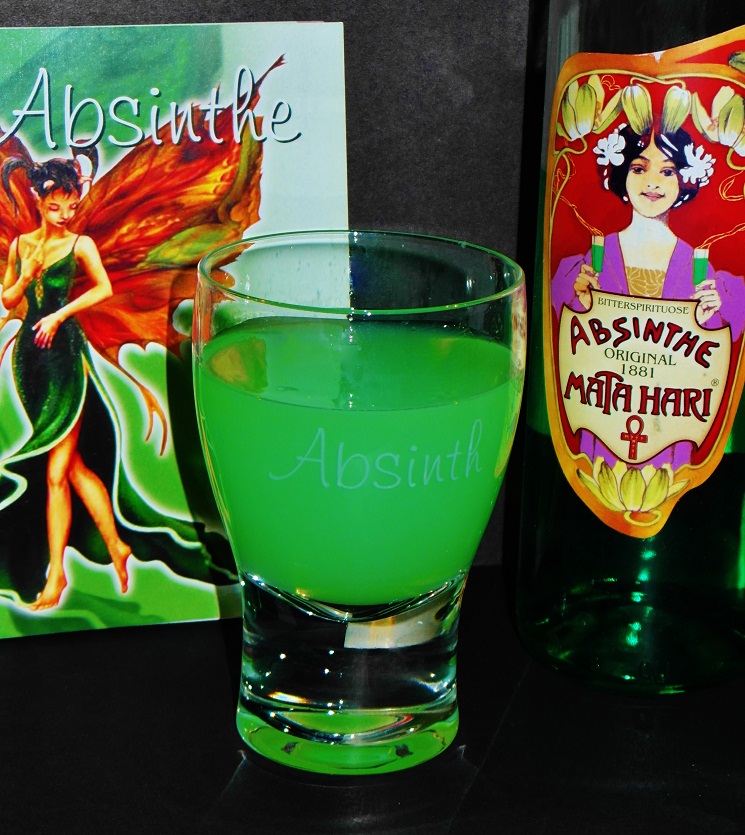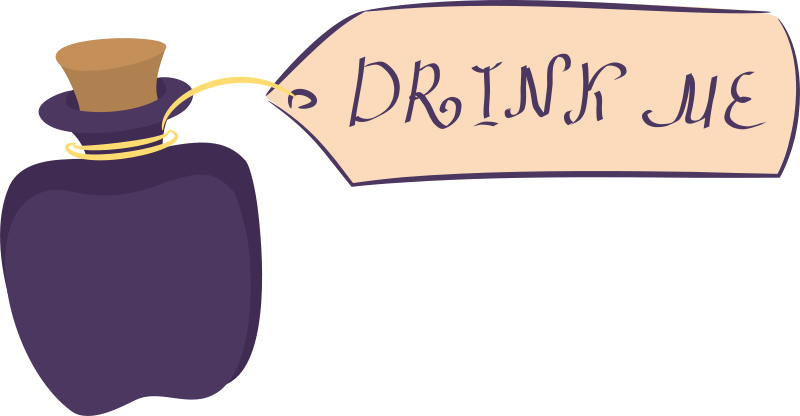

This neutral distillate is made from grain or wine.Ībsinthe gets its characteristic bouquet and flavor through the combination of aromatic herbs, which lend the drink its personality and meld into a complex and exciting profile.

Recently it has been established that the amount of this substance in absinthe is too small to really have a negative effect on the consumer, so ultimately the prohibition in France was lifted in 2011, through which absinthe has emerged again in recent years, discovered as a treasure and acquired a great number of fans all over the world.Ībsinthe is based on a neutral distillate, so that it does not lend flavor in and of itself, so that the flavors can develop harmoniously and without disruption, and the maximum potential of the flavor and bouquet is achieved. It is said that the prohibition was primarily promoted by the wine industry, because it was very expensive at that time as a result of the plague the vineyards experienced, while absinthe was a much cheaper and increasingly popular competitor, so they began to spread information about the presumed effects on health of thujone, a compound present in wormwood. Not everyone was a fan, however, and stories began to circulate on the damaging effects and scandals about the influence on the drink on crime, so in 1915 it was prohibited because it was considered dangerous to society. It was even brought to New Orleans in the United States by a Spanish barman named Cayetano Ferrer in the 1870s.Īt the beginning of the 20th century, absinthe held a position of being the most prominent drink in France, and even exceeded wine, the production of which was reduced at that time. The consumption of absinthe spread throughout Europe and was appreciated above all in Spain, which has adopted this drink as one of the national favorites. During that time it acquired the name "La Fée Verte", the green fairy, because many attributed a stimulating and even hallucinogenic effect to it.

So "l'heure verte" was established in all cafés in France at 5:00 p.m., the green hour when the glasses of absinthe started to flow, which flooded the streets with its scent. The troops, who had already become used to the flavor, continued the consumption, a habit that was assumed by the rest of the French people. This was fostered above all by the French soldiers in the 1840s, who consumed absinthe on a large scale during their invasion of North Africa due to the medicinal properties as a way of preventing illness. What difference is there between a glass of absinthe and a sunset?Ībsinthe was originally also considered a drink of the higher classes, but through its strength and accessibility compared to wine, it quickly seduced all social classes and spread throughout all of France. The love of absinthe was so great that Wilde once said: "A glass of absinthe is as poetical as anything in the world. He decided to expand his market to France and to establish himself in the region of Pontalier.Ībsinthe became very popular among the French public, because it was the favorite drink of artists, writers and intellectuals, including Oscar Wilde, Arthur Rimabaud, Vincent Van Gogh, Henri de Toulouse-Lautrec, Charles Baudelaire and Paul Verlaine. The recipe was acquired by Henri-Louis Pernod, who opened his first distillery in Switzerland and started to produce absinthe, which a very positive reaction. As a student, he dedicated himself to the creation of a healing mixture using wormwood and other local herbs, making use of their healing properties. The French doctor Pierre Ordinarie brought it in recently, as he moved to the village of Couvet in Switzerland during the French Revolution in the seventeenth century. These herbal combinations acquired the name absinthium, from the Greek word for bitter, due to the characteristic taste of the wormwood. In antiquity, the use of wormwood for making drinks and infusions was a widely known, because the Greeks were the first to make use of the healing properties of this plant, and it was nearly used as a wonder drug. By overcoming the limitations and the poor reputation in recent years, absinthe has succeeded in finding a space where one it can be released from old prejudices and where it can present its potential as a complex drink of high standing, that is an unrivalled pleasure for lovers of good drinks that always try to surprise themselves.Ībsinthe, the mysterious crystal green drink impregnated with the aroma of absinthe, even though its turbulent history is closely associated with French society, has its origin many centuries back as an invention of Ancient Greece. The lovely, aromatic and seductive absinthe was one of the most popular drinks of previous centuries and was known as "La Fée Verte" in France, the "green fairy", that earned its notorious reputation as being very hallucinogenic.


 0 kommentar(er)
0 kommentar(er)
